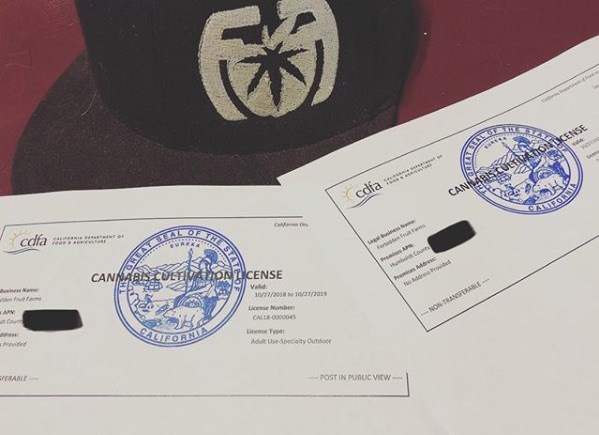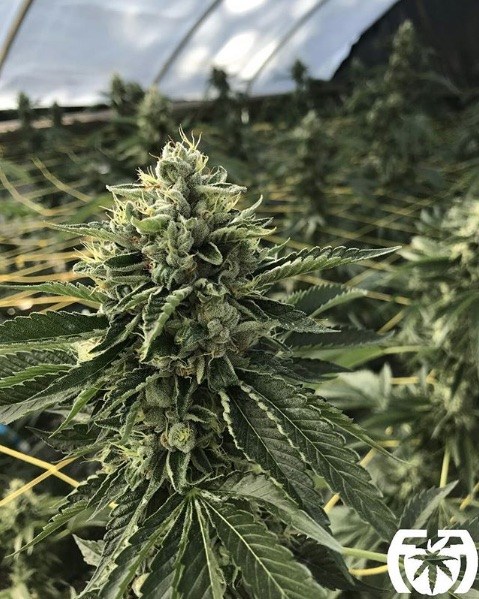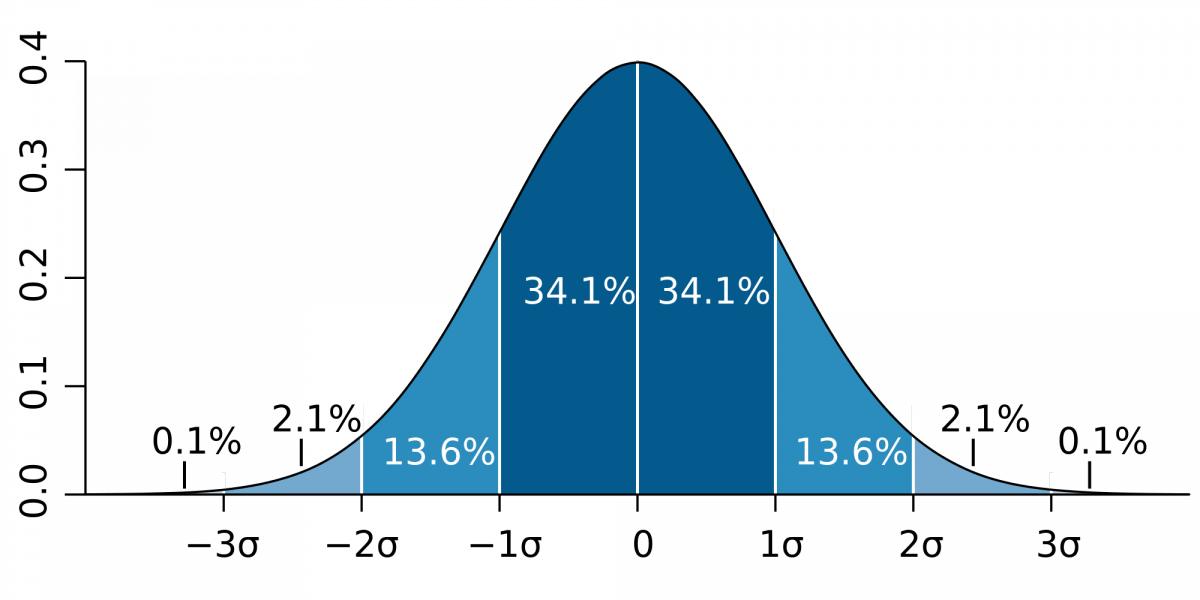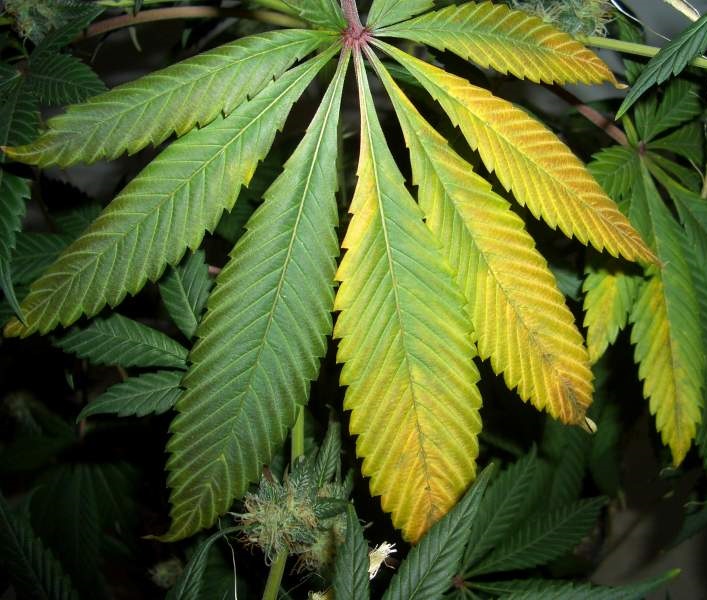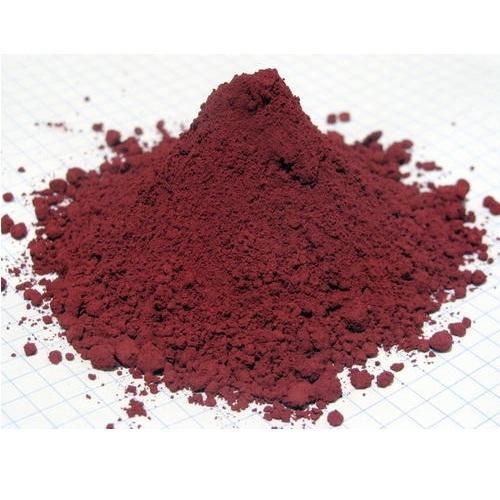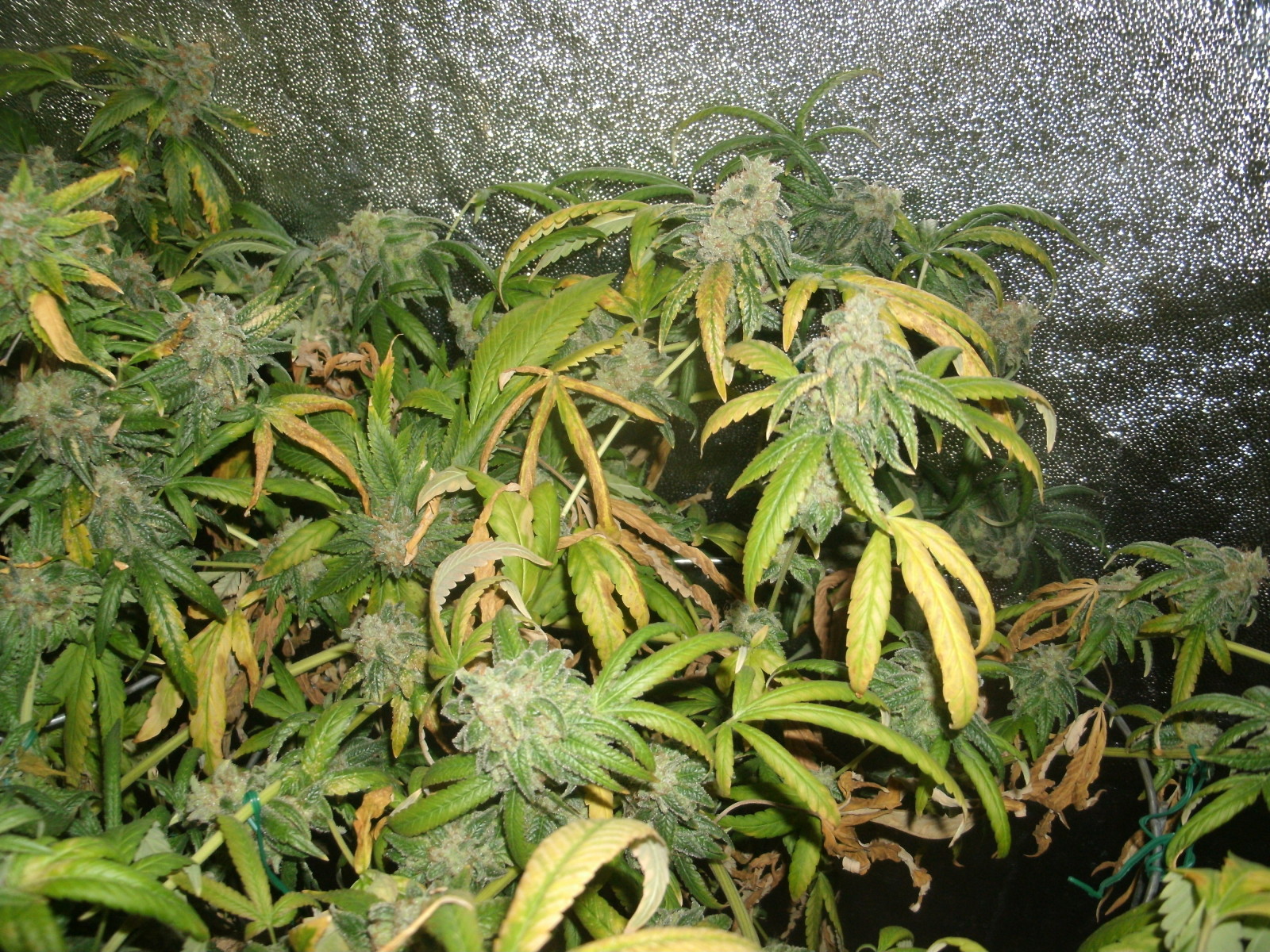Ever wondered why your cannabis smells so skunky? Or why it smells like strawberry shortcake? Let’s briefly hop on down to smell town!

The following is an article produced by a contributing author. Growers Network does not endorse nor evaluate the claims of our contributors, nor do they influence our editorial process. We thank our contributors for their time and effort so we can continue our exclusive Growers Spotlight service.
Hello Growers Network! Today I wanted to deviate from our usual conversations about growing cannabis to talk a little bit about the wonderful smells of Cat Piss.

Just kidding. But we are talking about smells today, and many of the smells in cannabis originate from a group of compounds commonly known as terpenes.
What are terpenes?
Well, if you ask Wikipedia, it’ll tell you that:
“Terpenes (/ˈtɜːrpiːn/) are a large and diverse class of organic compounds, produced by a variety of plants, particularly conifers, and by some insects. They often have a strong odor and may protect the plants that produce them by deterring herbivores and by attracting predators and parasites of herbivores.”
Which is somewhat helpful to us. Essentially, terpenes are a group of compounds found in a large variety of plants (and some insects) that produce a lot of the smells and tastes we have come to associate with those plants (and insects). For example, the lemony smell you get from citrus fruits? That’s a terpene. The pine scent you get from pine trees? Also a terpene.
So why do some strains smell so differently?
That’s because their terpene profile is different. Some terpenes can smell earthy, some can smell like citrus, some can smell like trees or pine. It all depends on the variety of terpenes and their relative concentrations in the strain.
Related Article: DiscOmic Labeling System for Cannabis
Our friends over at Digamma Consulting sent us a super helpful chart that breaks down the vast majority of smells you’ll find in modern cannabis strains.

This list is by no means comprehensive -- there are significantly more varieties of terpenes that can be found in the plant world -- but these are some of the more common terpenes that you will find in cannabis.
So what are your thoughts? Do you have a favorite smell? Let us know below.
10 Best Gift Ideas for Cannabis Connoisseurs and Growing Aficionados (2022)
December 7, 2022Developing and Optimizing a Cannabis Cultivation System
December 14, 2021Dealing with Insomnia: How Can CBD Help?
December 10, 2020Your Guide to Sleep and CBD
December 7, 2020
Do you want to receive the next Grower's Spotlight as soon as it's available? Sign up below!
Resources:
- Want to learn more about subjects similar to those touched upon in this article? Check out our articles on subjects such as:

Do you have any questions or comments?

About the Author
Hunter Wilson is a community builder with Growers Network. He graduated from the University of Arizona in 2011 with a Masters in Teaching and in 2007 with a Bachelors in Biology.



